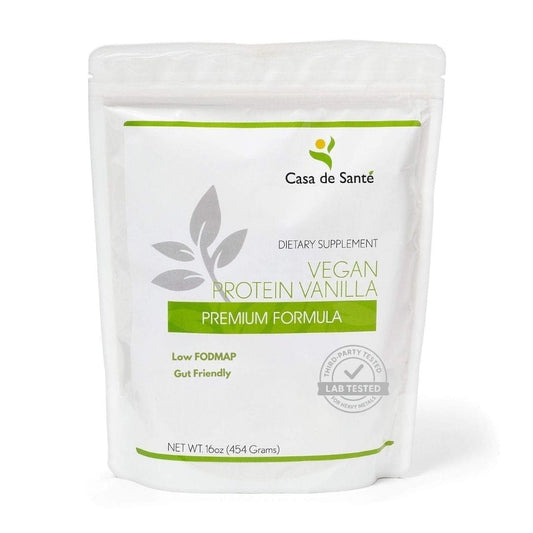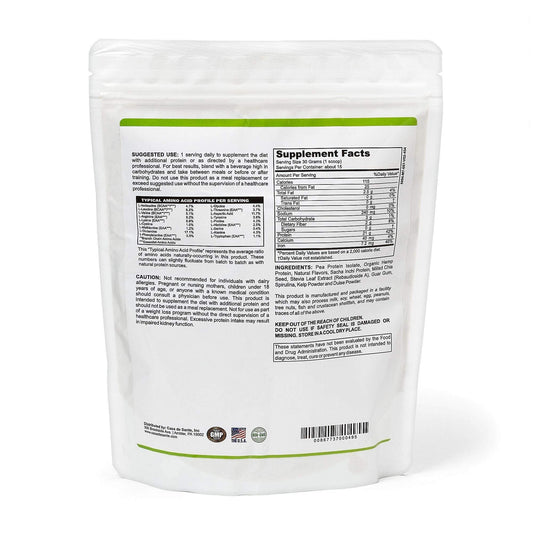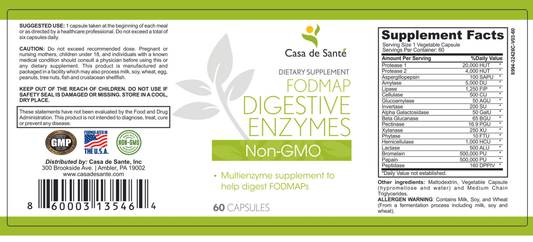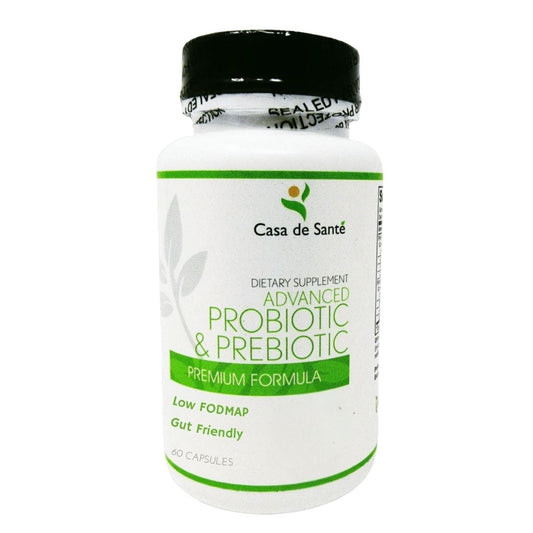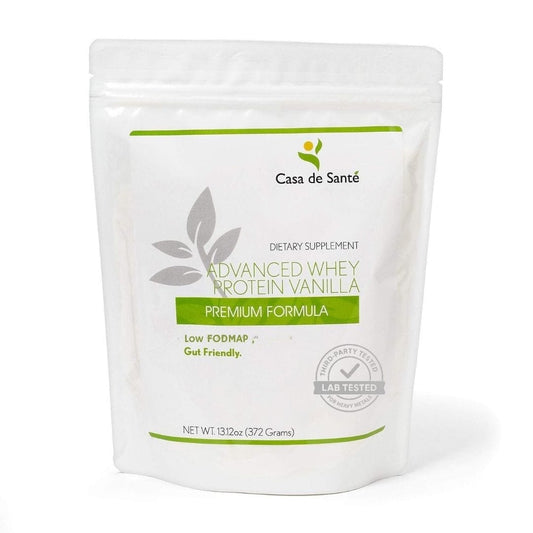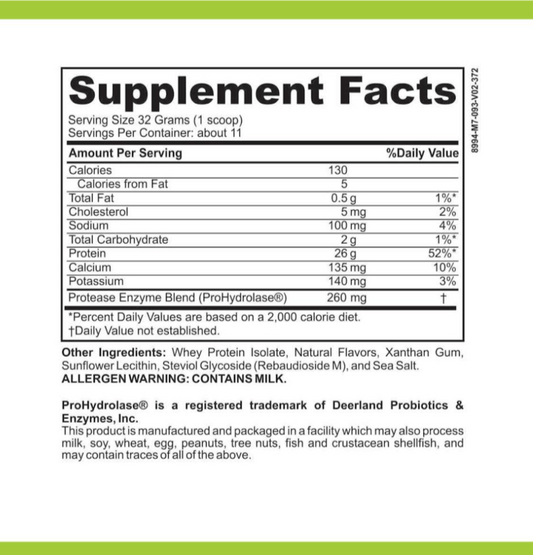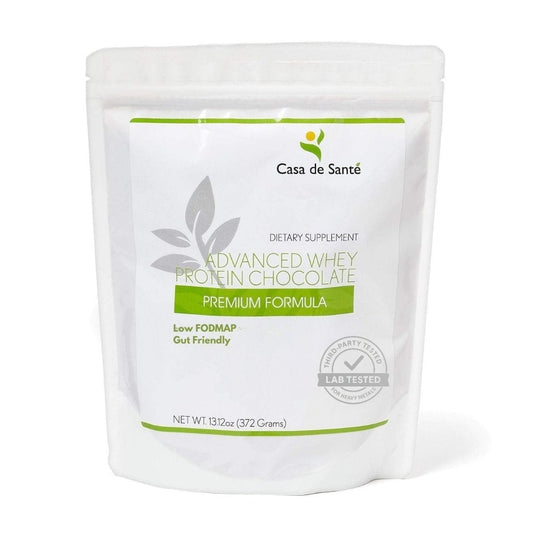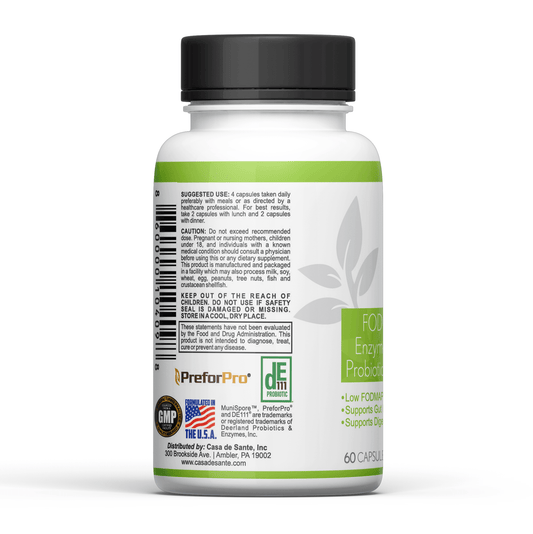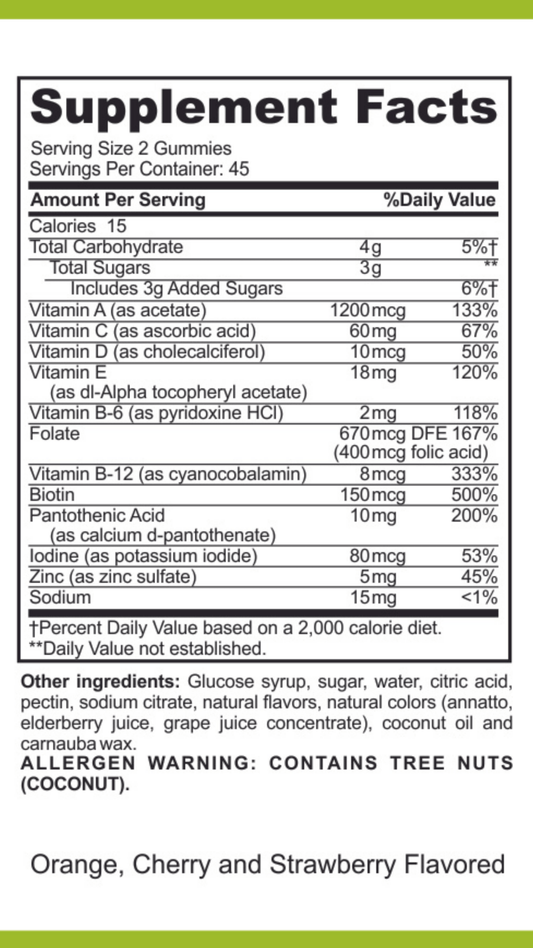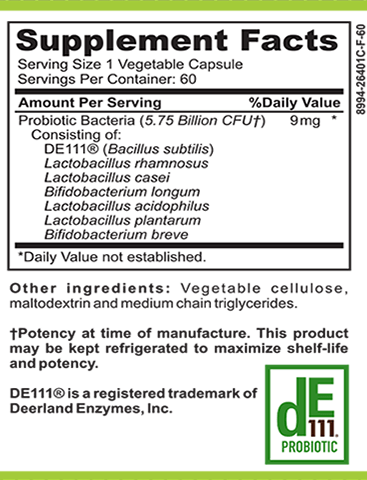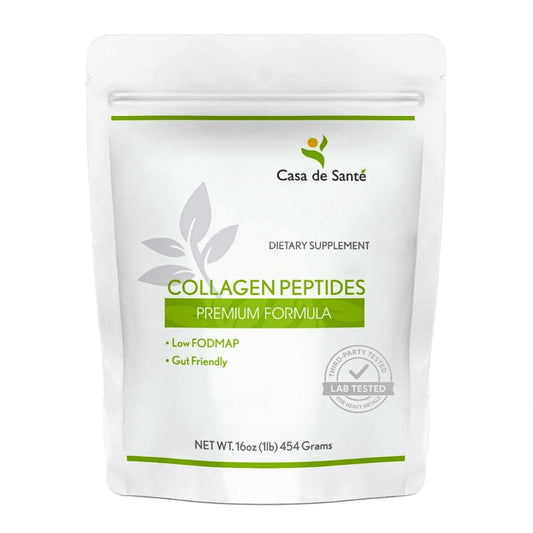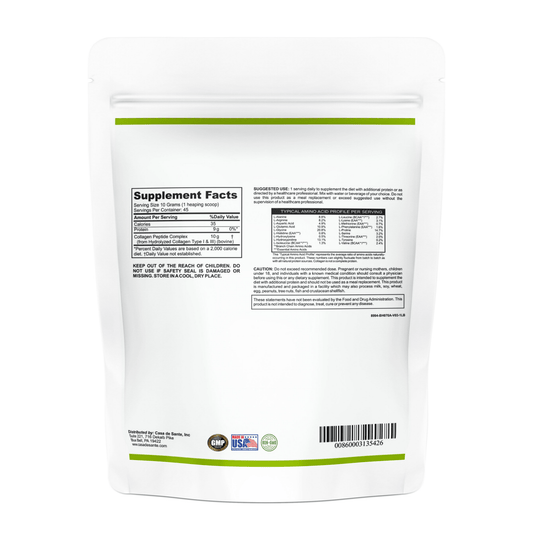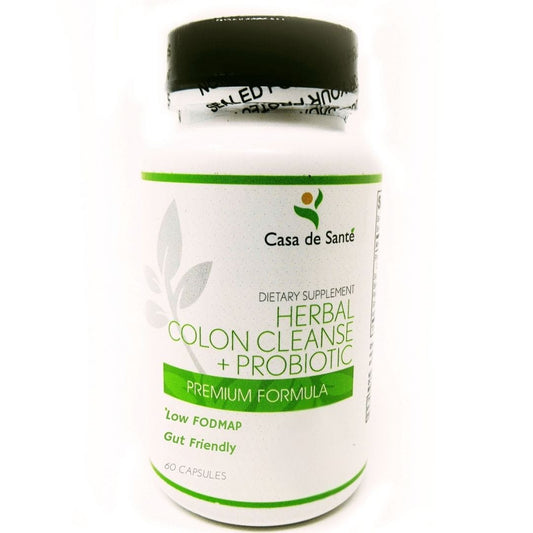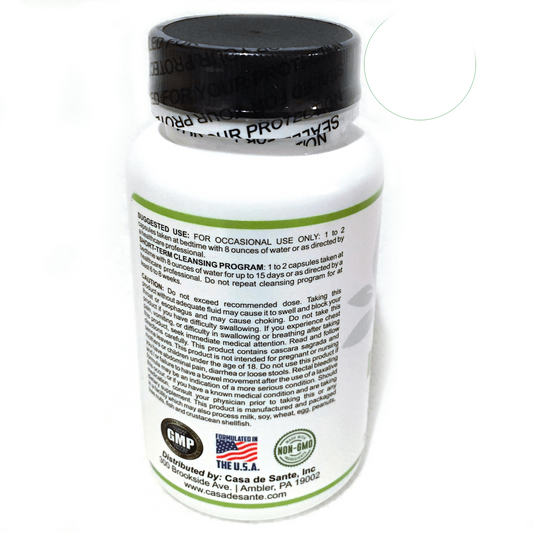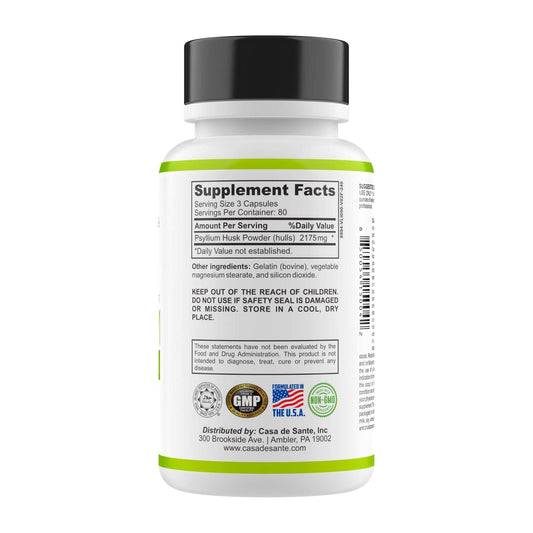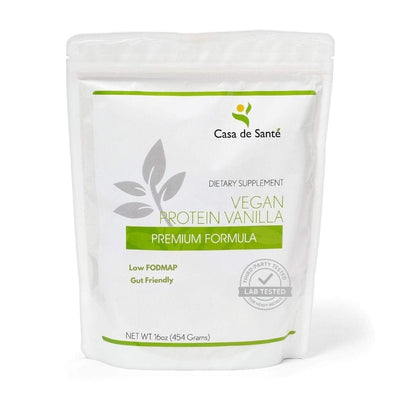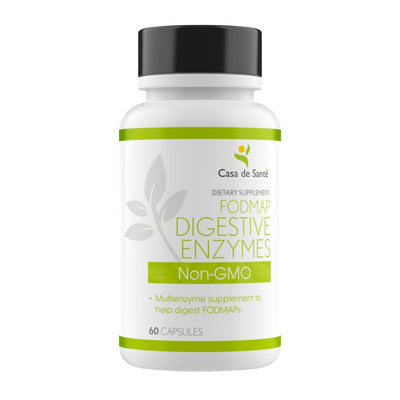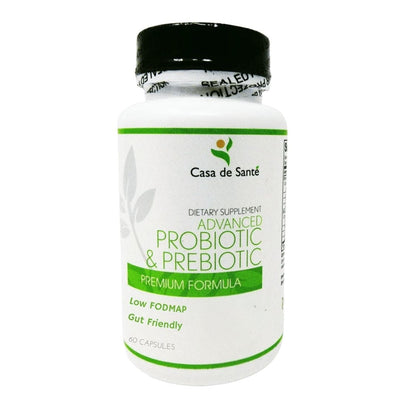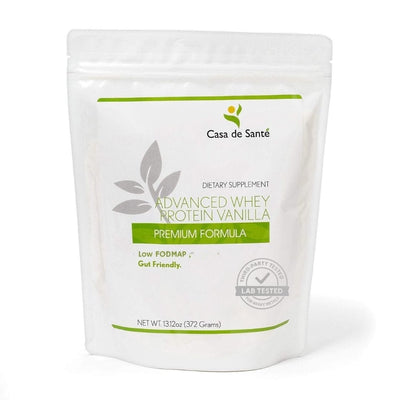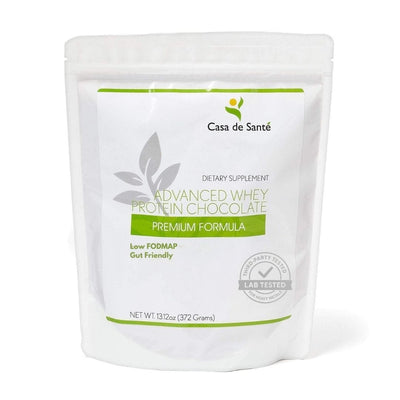The Best Onions for IBS: Finding Relief with Low-FODMAP Options
The Best Onions for IBS: Finding Relief with Low-FODMAP Options
Living with Irritable Bowel Syndrome (IBS) means navigating a complex relationship with food, and few ingredients cause as much anxiety as onions. These flavor-packed bulbs are culinary staples worldwide, appearing in countless recipes and forming the aromatic foundation of many dishes. Yet for those with IBS, conventional onions often trigger uncomfortable and sometimes debilitating symptoms.
The good news? You don't have to abandon the depth and complexity that onions bring to your cooking. Understanding which onions are IBS-friendly and how to use them effectively can transform your dining experience from one of fear to one of enjoyment.
Why Onions Trigger IBS Symptoms
Before diving into IBS-friendly alternatives, it's important to understand why traditional onions cause problems. Onions are high in fructans, a type of FODMAP (Fermentable Oligosaccharides, Disaccharides, Monosaccharides, and Polyols). These short-chain carbohydrates are poorly absorbed in the small intestine and rapidly fermented by bacteria in the large intestine, leading to gas, bloating, abdominal pain, and altered bowel habits in sensitive individuals.
Regular onions—whether white, yellow, or red—contain significant amounts of these fructans, primarily concentrated in the bulb. When consumed, these compounds can trigger IBS symptoms within hours, creating a frustrating cycle of discomfort that many sufferers learn to associate with onion consumption.
The FODMAP Connection
The low-FODMAP diet, developed by researchers at Monash University in Australia, has become a cornerstone in managing IBS symptoms. This approach involves temporarily eliminating high-FODMAP foods (including conventional onions) and then systematically reintroducing them to identify personal triggers and tolerance levels. Studies show that approximately 75% of IBS patients experience significant symptom improvement when following this protocol.
For many people with IBS, completely eliminating the flavor of onions from their diet feels like an impossible sacrifice. Fortunately, understanding the science behind FODMAPs reveals that not all parts of the onion—and not all varieties—are equally problematic.
Low-FODMAP Onion Alternatives
If you've been diagnosed with IBS and find that regular onions trigger your symptoms, several alternatives can provide that distinctive flavor without the digestive distress. These options vary in their FODMAP content, availability, and culinary applications, giving you flexibility in your cooking approach.
Green Onion Tops (Scallions)
Green onions, also known as scallions or spring onions, offer a perfect solution for many with IBS. While the white bulb portion contains the problematic fructans, the green tops are surprisingly low in FODMAPs and generally well-tolerated. These vibrant greens provide a fresh, mild onion flavor that works beautifully as a garnish or added at the end of cooking.
The green parts can be used generously in stir-fries, soups, salads, and as a finishing touch on many dishes. Their versatility makes them perhaps the most accessible onion alternative for those following a low-FODMAP diet. For best results, slice them thinly and add them toward the end of cooking to preserve their delicate flavor and texture.
Chives
Chives are another excellent low-FODMAP option that delivers onion flavor without the digestive consequences. These slender, hollow green stalks are related to onions but contain minimal fructans. Their mild, delicate flavor works wonderfully in eggs, potatoes, soups, and as a garnish on virtually any savory dish.
Fresh chives are preferable to dried, as they retain more of their aromatic qualities. They're also incredibly easy to grow at home, even in a small pot on a windowsill, providing a constant supply of IBS-friendly onion flavor. Like green onion tops, chives are best added at the end of cooking or used raw to maximize their impact.
Asafoetida Powder
For those seeking the depth that cooked onions bring to dishes, asafoetida powder (also called hing) offers a fascinating alternative. This resinous gum derived from giant fennel plants has been used in Indian cooking for centuries and delivers a remarkably onion-like flavor when cooked in oil. While its raw smell can be quite pungent (the name literally means "fetid resin"), it transforms during cooking into a subtle onion-garlic flavor.
A pinch of asafoetida added to hot oil at the beginning of cooking can create a foundation of flavor that mimics sautéed onions. It's particularly effective in curries, lentil dishes, and vegetable preparations. Most grocery stores with international sections carry asafoetida, though you may need to visit an Indian grocery store for the highest quality options.
Onion-Infused Oil: The Game Changer
Perhaps the most revolutionary solution for onion-loving IBS sufferers is onion-infused oil. This clever culinary hack takes advantage of a simple scientific fact: FODMAPs are water-soluble but not fat-soluble. This means that the flavor compounds in onions can infuse into oil without carrying along the problematic fructans.
How to Make Onion-Infused Oil
Creating your own onion-infused oil is straightforward. Simply heat 2 cups of a light olive oil or vegetable oil with 1-2 large onions, cut into quarters, on low heat for about 20-30 minutes. The key is to keep the temperature low enough that the onions don't brown significantly. After infusing, strain the oil completely, discarding all onion pieces. Store the oil in an airtight container in the refrigerator for up to a week, or freeze portions for longer storage.
This infused oil can be used as a starting point for sautéing other ingredients, as a finishing oil, or in salad dressings. It delivers authentic onion flavor without the digestive distress, making it perhaps the most versatile solution for those missing the depth that onions bring to cooking.
Commercial Options
If making your own infused oil seems daunting, several companies now produce low-FODMAP certified onion-infused oils. Brands like Fody Foods, Garlic Gold, and FODMAPPED offer convenient options that have been tested to ensure they're truly free of the problematic compounds. These products can be a time-saving alternative, though they typically cost more than homemade versions.
Leeks: The Partial Solution
Leeks present an interesting middle ground in the onion family. Like green onions, different parts of the leek contain different levels of FODMAPs. The green tops are generally considered low-FODMAP and safe for most people with IBS when used in reasonable amounts.
The white and light green parts contain more fructans, though still less than regular onions. Some individuals with mild IBS may tolerate small amounts of these portions, particularly after they've identified their personal tolerance thresholds through the reintroduction phase of the low-FODMAP diet.
Cooking with Leek Greens
Leek greens can be used much like green onion tops, though they have a slightly different flavor profile—milder than regular onions but with distinctive grassy notes. They work particularly well in soups, stews, and stocks where they can infuse their flavor throughout the dish.
To prepare leek greens, wash them thoroughly to remove any grit (they're notorious for hiding dirt between their layers), then slice them thinly. They take slightly longer to cook than green onion tops, so add them a few minutes earlier in the cooking process.
Practical Tips for Onion-Free Cooking
Adapting to low-FODMAP cooking requires some adjustment, but with practice, it becomes second nature. Here are some practical strategies for maintaining flavor while avoiding onion triggers.
Restaurant Strategies
Dining out presents particular challenges for those sensitive to onions, as they're ubiquitous in restaurant cooking. When eating out, be specific about your needs—rather than simply saying you can't eat onions, explain that you can have green onion tops or chives. Many chefs are increasingly knowledgeable about dietary restrictions and may be able to suggest suitable alternatives.
Consider carrying a small bottle of onion-infused oil with you to restaurants. You can discreetly add a few drops to bland dishes to enhance their flavor without risking exposure to actual onions. Asian and Mediterranean restaurants often offer the most flexibility for substituting green onion tops or chives in their dishes.
Building Flavor Without Onions
Beyond direct substitutes, consider expanding your use of other low-FODMAP aromatics and seasonings. Ginger, lemongrass, citrus zest, herbs like basil and cilantro, and spices such as cumin, coriander, and turmeric can all add complexity to dishes without triggering IBS symptoms.
Umami-rich ingredients like tomato paste, nutritional yeast, and certain cheeses can also help compensate for the depth that onions typically provide. Experimenting with these alternatives often leads to discovering new flavor combinations that you might even prefer to traditional onion-based preparations.
The Reintroduction Phase: Testing Your Tolerance
The low-FODMAP diet isn't meant to be followed strictly forever. After the elimination phase (typically 2-6 weeks), systematic reintroduction helps identify which specific FODMAPs trigger symptoms and in what quantities. This process is ideally guided by a registered dietitian with expertise in IBS management.
During reintroduction, you might discover that you can tolerate small amounts of certain onion varieties, particularly when they're well-cooked. Some people find that red onions or shallots in limited quantities cause fewer symptoms than yellow or white onions. Others may determine that they can enjoy dishes where onions have been cooked extensively, as the fructan content decreases somewhat with prolonged cooking.
Understanding your personal tolerance thresholds gives you the freedom to occasionally enjoy traditional onions in situations where the flavor benefit outweighs the potential discomfort—perhaps at a special restaurant meal or a holiday gathering. This balanced approach prevents the unnecessary restriction that can lead to nutritional deficiencies and reduced quality of life.
Conclusion
Living with IBS doesn't mean saying goodbye to the depth and complexity that onions bring to cooking. By understanding which parts of which onions are low in FODMAPs, mastering techniques like oil infusion, and exploring alternative aromatics, you can create delicious meals that satisfy your taste buds without triggering symptoms.
The journey to finding your perfect onion alternatives may involve some trial and error, but the reward—enjoying food without fear—is well worth the effort. With these strategies in your culinary toolkit, you can reclaim the joy of cooking and eating, even with IBS.

